Tips for Preparing Shrimp Ponds for the 2025 Lunar New Year Farming Season
Thorough Pond Preparation
The first critical step to ensuring a clean and stable shrimp farming environment is meticulous pond preparation. Start by thoroughly cleaning the pond, removing all sludge, organic debris, and any remaining pathogens. Follow this with disinfection using safe agents like chlorine or BKC to eliminate harmful microorganisms. Afterward, expose the pond bottom to sunlight to neutralize acidity and reduce residual toxins.
Renovating the pond bottom is also essential. Adjust the pH level of the pond bed to maintain an ideal range of 7.5 to 8.5, creating the best conditions for shrimp growth. Careful pond preparation helps establish a stable environment, minimizing risks throughout the farming cycle.
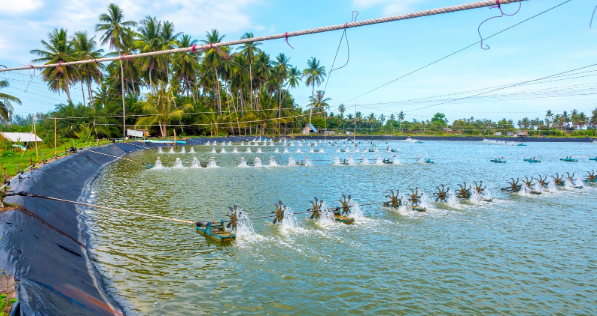
Water Quality Management
Using clean, uncontaminated water is vital for shrimp farming. Filter the water thoroughly through mesh screens to remove impurities and pathogenic organisms that could affect shrimp health. This creates a safe, conducive water environment for shrimp development.
Regularly monitor key water parameters, such as pH (7.5 - 8.5), alkalinity (120 - 150 mg/L), temperature (27 - 30°C), and salinity (10 - 15‰, depending on the shrimp species). Adding probiotics can help break down organic matter, reduce toxins like NH3 and NO2, and promote a healthier water environment for shrimp.
Coping with Cold Weather
Cold temperatures during the Lunar New Year season require special attention. Use pond covers to retain warmth, maintaining stable water temperatures and reducing stress on shrimp.
Lowering stocking density is another effective method to reduce environmental stress. With fewer shrimp, there is less competition for food and space, which boosts immunity and promotes growth during colder months.
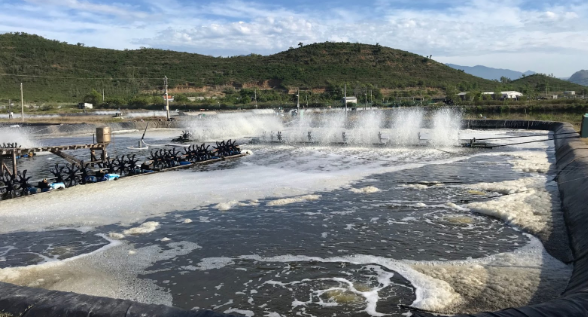
Stocking Techniques
Before stocking, ensure the pond is thoroughly cleaned and disinfected, with the pond bed properly renovated. Test and adjust water quality parameters, including pH, alkalinity, temperature, and salinity, to meet shrimp requirements. Probiotic supplementation also helps reduce pollution and supports shrimp health.
Stocking shrimp at the correct density is crucial for successful farming. Adjust the stocking rate based on pond management capacity, typically between 50 and 120 shrimp per square meter. Stock in the early morning or late afternoon when temperatures are cooler to ease the shrimp's acclimatization to the pond environment.
Environmental Management
Daily monitoring of pond parameters such as pH, alkalinity, dissolved oxygen (DO), temperature, and salinity is critical. Aim to maintain dissolved oxygen levels above 5 mg/L, especially at night, to support shrimp respiration and growth.
Managing toxic gases like NH3, H2S, and NO2 is equally important. Use probiotics to break down organic matter and reduce the accumulation of harmful gases, ensuring a clean and safe water environment for shrimp.
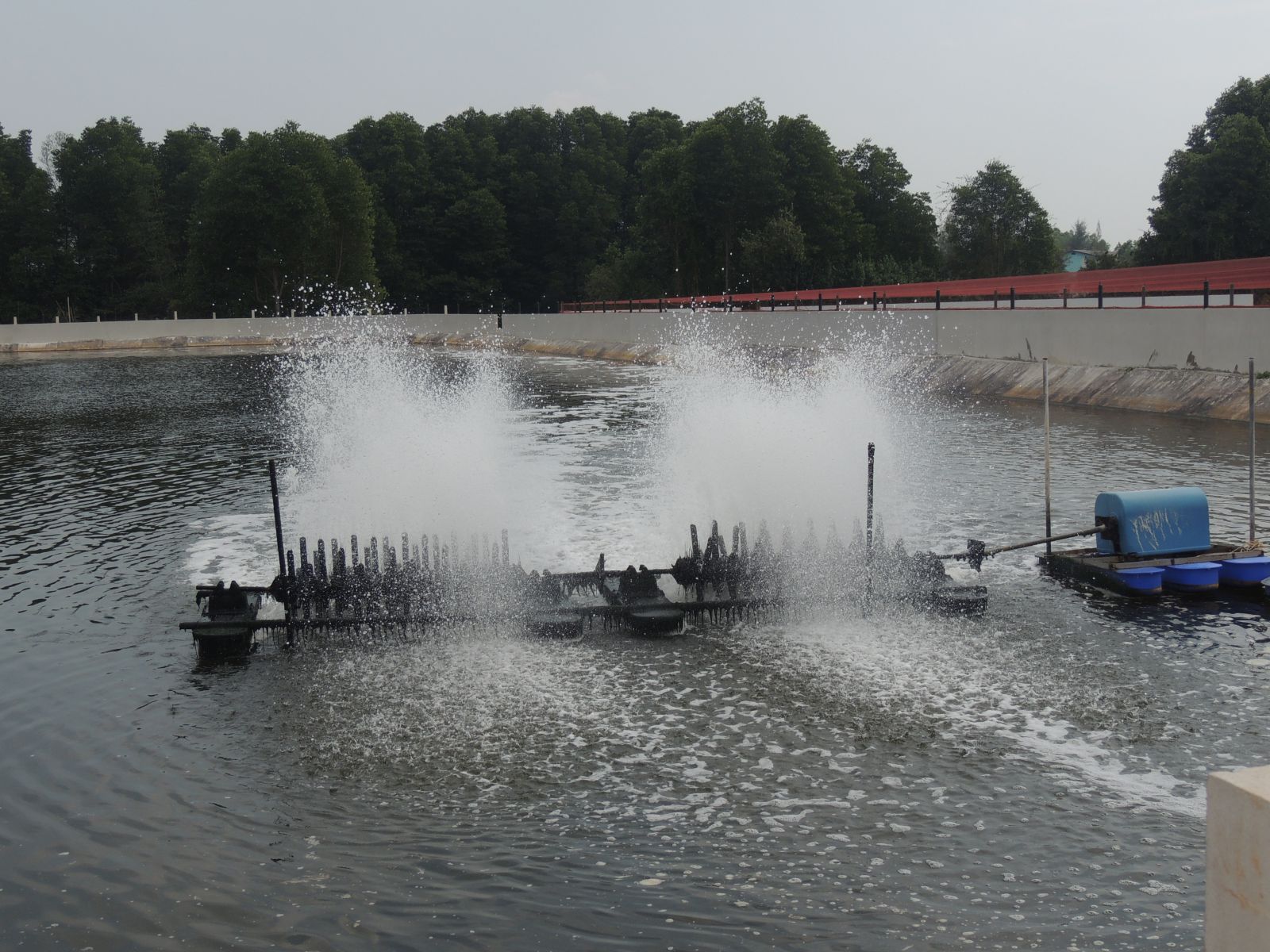
The 2025 Lunar New Year farming season offers an excellent opportunity to enhance productivity and profitability. By adhering to proper pond preparation, water management, and shrimp care techniques while proactively preventing diseases, you can ensure a successful and abundant harvest to meet market demands!
Source: Tép Bạc
Contact AQUA MINA for consultation and supply of aquaculture round tanks and aquaculture equipment for high-tech shrimp farming.
- Address: 685 National Highway 1A, Binh Hung Hoa Ward, Binh Tan District, Ho Chi Minh City
- Phone: 1800 6071 (Toll-free hotline)
- Email: sales@aquamina.com.vn or oversea@aquamina.com.vn
Aqua Mina's distributor in Japan: REX INDUSTRIES CO., LTD
- Address: 1-9-3 Hishiya-Higashi, Higashi-Osaka 578-0948 JAPAN
- Email: kimakubo@rexind.co.jp
- Phone: +81-(0)72-961-9893
- Website: http://www.rexind.co.jp/e/
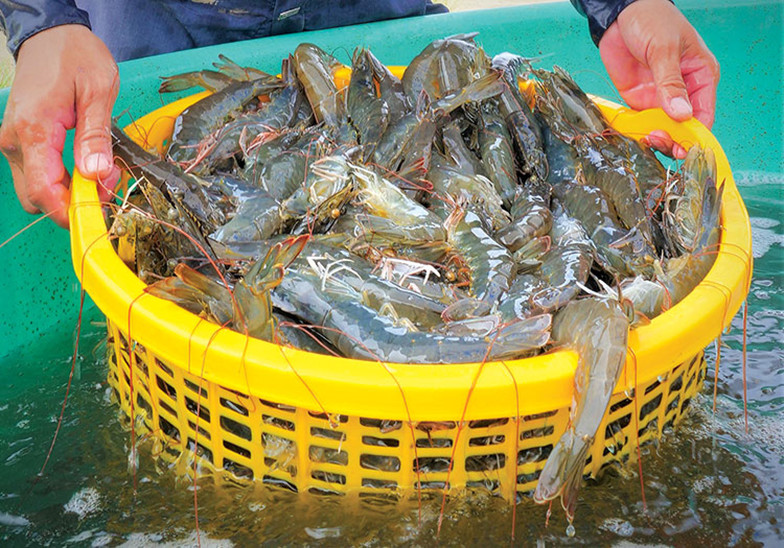
WE WORK FOR YOUR SUCCESS!
Ngày đăng : 27/12/2024
1850 View
Other Articles
Portuguese food group acquires 18% stake in cod farming company Norcod
Indonesia implements radioactive-free shrimp certification for exports to the United States
India is world’s second-largest shrimp producer. That is now under threat
Ca Mau’s shrimp industry moves towards “green” growth
Floods devastate aquaculture, processing operations in Vietnam
Ecuador Leads Global Shrimp Exports, Surpassing USD 7 Billion in 2025
India's marine product exports rise 16% as new markets offset US dip
Skretting presents the first shrimp feed with insect meal in Vietnam
Sharing: EU increases shrimp imports in the first 9 months of the year
Gideon De Oro opens high tech Cebu shrimp plant, to revive exports
White-leg shrimp facing WSSV: When density and environment fluctuate together








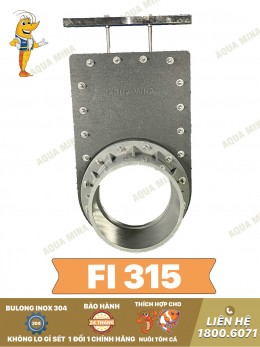
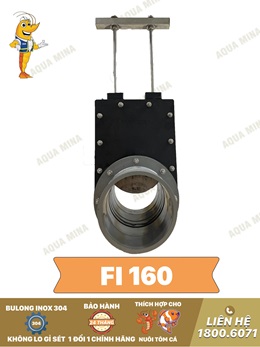
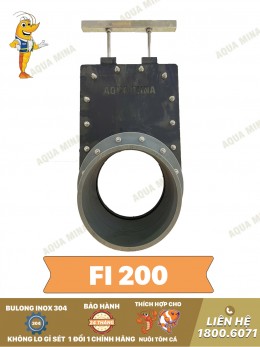
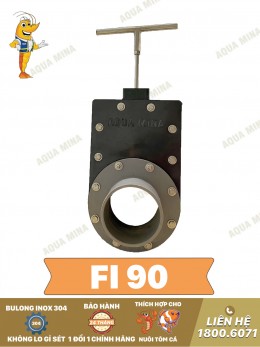
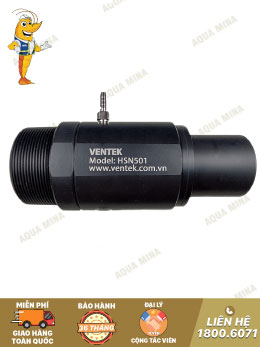
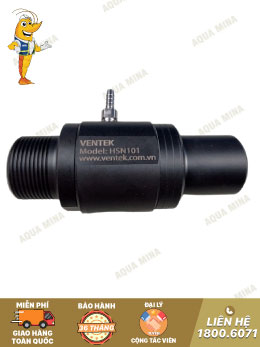

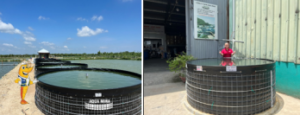
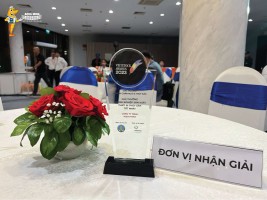
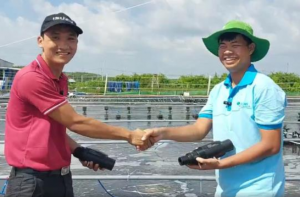
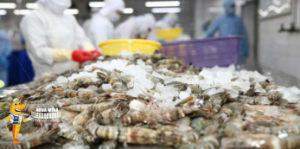
.jpg)